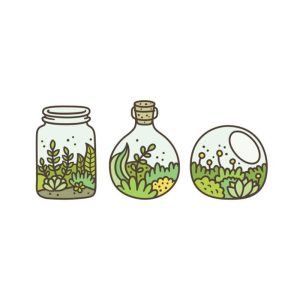Biological Diversity also known as biodiversity refers to the variety of living species on Earth, including plants, animals, bacteria and fungi.
Biodiversity is especially important to the medical and pharmaceutical industries. Scientists have discovered many chemicals in rainforest plants that are now used in helpful medications. One of the most popular and safe pain relievers, aspirin, was originally made from the bark of willow trees.
In the past hundred years, biodiversity around the world has decreased dramatically. Thousands of species are in danger of extinction. Extinction is a natural process; some species naturally die out while new species evolve. But human activity has changed the natural processes of extinction and evolution. Scientists estimate that species are dying out at hundreds of times the natural rate.
Biodiversity in the Parks
Fox Snake sighting at Porter Park!
Fox snakes are common and a very good indicator of biological diversity for the area.
FUN FACT: Fox snakes can vibrate their tail to mimic rattlesnakes. If they vibrate their tail in a pile of dried leaves, it sounds exactly like there is a rattle at the end of their tail.

The Illinois Natural History Survey takes trainees out to sample along the Copper Slough in various locations in town. The Copper Slough is an important but small reach of stream that runs from Dodds Park all the way through town to Porter and beyond. In a 100-meter reach of the slough at Porter, a total of 1,302 fish were caught of 20 different species and one hybrid species. Four species were darters which is a decent indicator of stream quality. Additionally, a couple of soft-shell turtles were seen.
NRPA PILLAR
The three pillars of the National Recreation and Park Association are Health and Wellness, Equity at the Center, and Conservation.
Conservation is defined as: a careful preservation and protection of something especially planned management of a natural resource to prevent exploitation, destruction, or neglect.
“Rising global temperatures are causing major physical, chemical and ecological changes for the planet. These changes, collectively referred to as climate change, are primarily driven by human activities that create excess amounts of greenhouse gas emissions in the air and is impacting our environment, health and economy. Park and recreation professionals, who serve nearly every community in the United States, are essential in combating the causes and impacts of climate change. They provide critical green spaces in communities that connect people to the outdoors and create healthy places that support the plants and animals that are beneficial to our environment. “ – NRPA












